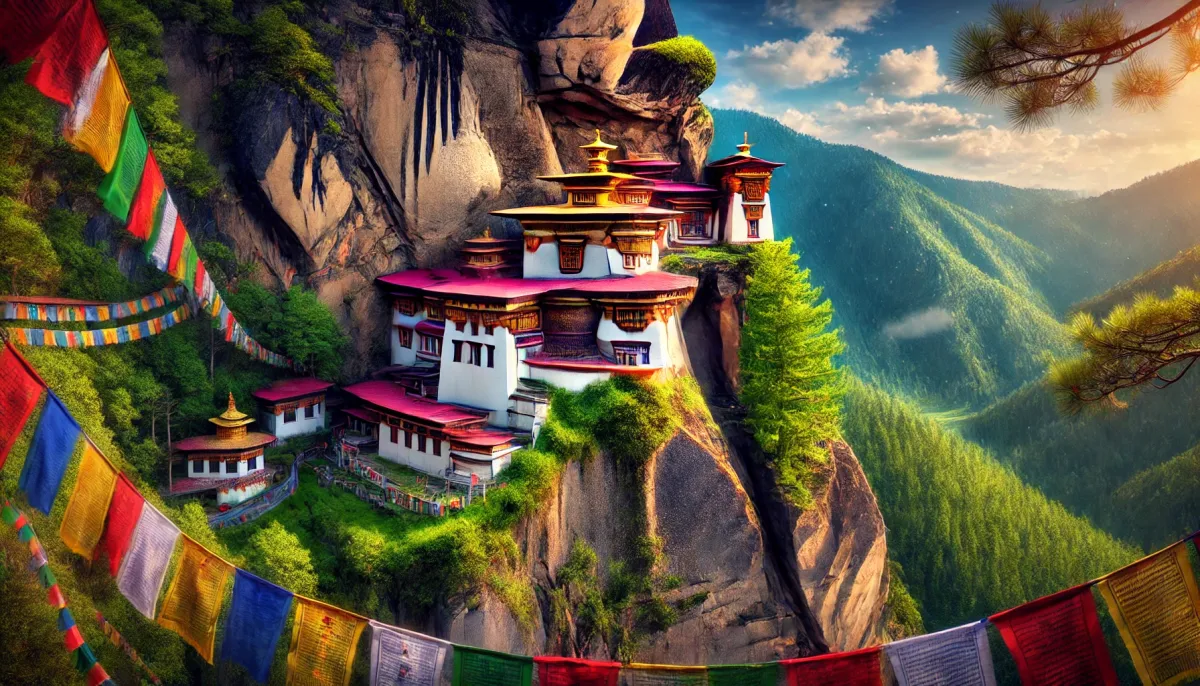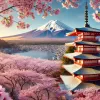Hey everyone, Mark here! I'm an American backpacker with a serious wanderlust, and my latest adventure took me to the surprisingly enchanting kingdom of Bhutan. This tiny Himalayan nation, nestled between India and China, offered an experience unlike any other I've had across Asia. Forget the usual tourist traps; Bhutan is a journey into a unique culture, breathtaking landscapes, and a philosophy that prioritizes happiness above all else. This is my story of exploring Bhutan, a place where Gross National Happiness is more than just a slogan.
Bhutan: A Unique Approach to National Identity and Foreign Relations
Bhutan, despite its small size, has maintained its sovereignty and democratic ideals since the first King’s ascension to the throne. It's a fascinating blend of tradition and modernity. I was struck by the way Bhutan’s foreign policy centers around two main goals: preserving its sovereignty and achieving economic self-reliance. It maintains diplomatic relations with 21 countries, including India and several EU members, and has representative offices in New York and Geneva. However, Bhutan avoids formal alliances, preferring to chart its own course.
| Country/Organization | Relationship with Bhutan |
|---|---|
| India | Strong bilateral ties |
| European Union | Diplomatic relations |
| United Nations | Member state |
| United States | Diplomatic relations |
This non-aligned approach is deeply connected to Bhutan’s unique philosophy of Gross National Happiness (GNH). While economic development is important, it's not prioritized over the well-being of its people. It’s a refreshing perspective in today's world. Even the trucks I saw – adorned with vibrant colors and images, some featuring the eye of the Buddha – seemed to reflect this unique blend of spirituality and practicality.
Tiger's Nest Monastery: A Spiritual and Physical Challenge
One of the highlights of my trip was visiting Paro Taktsang, better known as Tiger's Nest Monastery. This iconic monastery, clinging to a sheer cliff face 3,000 feet above the Paro valley, is truly a sight to behold. The journey itself is an adventure: you can either hike up (a strenuous but rewarding climb), or ride a horse part of the way. I chose the latter, and while I will admit, the mules are a bit independent, the experience was unforgettable.
The monastery's history is steeped in legend. It's said that Guru Rinpoche, an 8th-century Buddhist master, arrived here on the back of a tigress, meditated in a cave for several months, and left behind a vajra (a ritual scepter). The current monastery, built in 1692, was rebuilt in 1998 after a devastating fire. The hike to the monastery is breathtaking, winding through lush forests dotted with prayer flags and mani stones (stacked stones used for prayer).
The views from the monastery are simply incredible, offering panoramic vistas of the Paro Valley. The feeling of being perched so high on a cliffside, with this incredible spiritual site just ahead, is both awe-inspiring and humbling. This is not just a monastery; it’s a living testament to Bhutanese faith and resilience.
Paro Dzong: A Fortress of Faith and Governance
My exploration of Bhutan also included a visit to Paro Dzong, another remarkable site blending religious and governmental functions. This imposing fortress-monastery, also known as Rinpung Dzong ("Fortress on a Heap of Jewels"), was built in 1644 and served as both a fortress and the administrative center for the Paro valley. It's a stunning example of Bhutanese architecture, and I spent a good deal of time just absorbing its intricate details and the sense of history that pervades every stone.
Paro Dzong is more than just a historical landmark; it’s a living community. Over 200 monks reside there, and it's the heart of the annual Paro Tshechu festival, a vibrant celebration of Bhutanese Buddhism. The Tshechu festival is spectacular, with masked dances, traditional music, and a palpable sense of community spirit. I was fortunate enough to witness part of it, and it was an unforgettable experience, a testament to the living, breathing culture of Bhutan.
Bhutan vs. Switzerland: Two Paths to Happiness
One of the most compelling aspects of Bhutan is its comparison to Switzerland. Both are small countries with vastly different economic models but surprisingly similar levels of happiness. Switzerland represents a model of small government, low taxes, and economic openness. Bhutan takes the opposite approach, with a larger government, higher taxes, and stricter control over foreign investment. But both prioritize the well-being of their citizens.
This comparison highlights the fact that there isn't a single formula for success and happiness. Whether you favor a small government or a larger one, economic openness or greater control, the key seems to be a focus on the well-being of your people. Both Switzerland and Bhutan demonstrate that different paths can lead to remarkably similar outcomes.
The Essence of Bhutanese Happiness
My trip to Bhutan wasn't just about seeing stunning landscapes. It was about understanding a different perspective on life, a philosophy that prioritizes happiness and well-being above material wealth. The Bhutanese people I met were genuinely happy, despite the relative simplicity of their lives. Bhutan is a place where you connect with nature, with culture, and with a unique way of looking at the world. It's a place that will stay with me long after I've left. It challenges the conventional Western notion that happiness is solely tied to material wealth.







